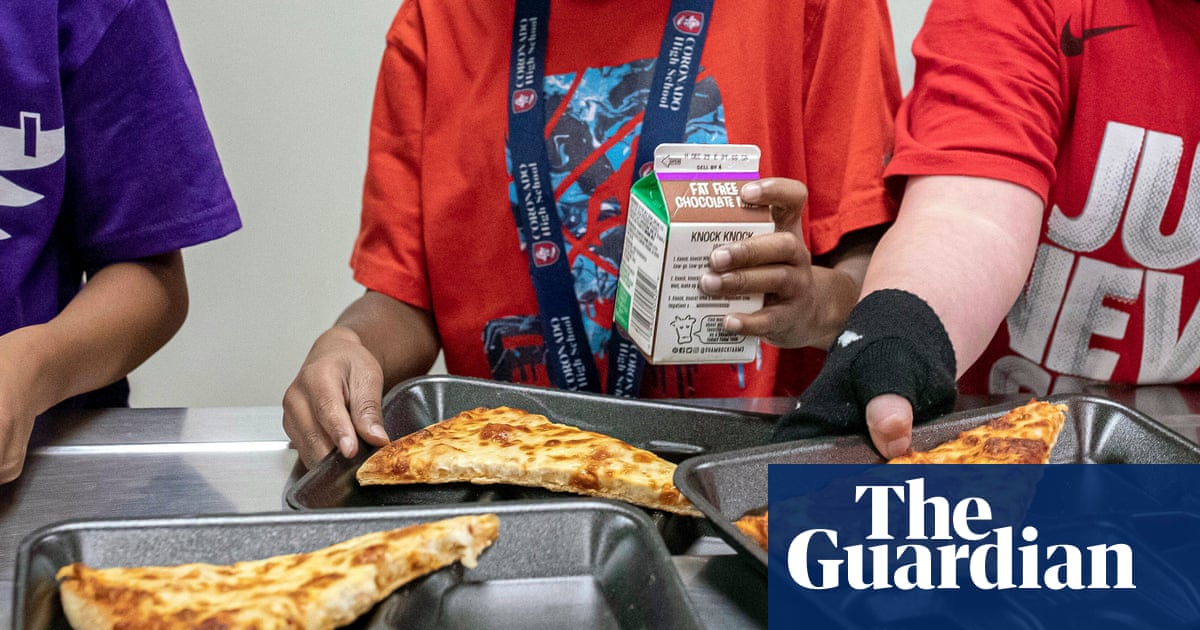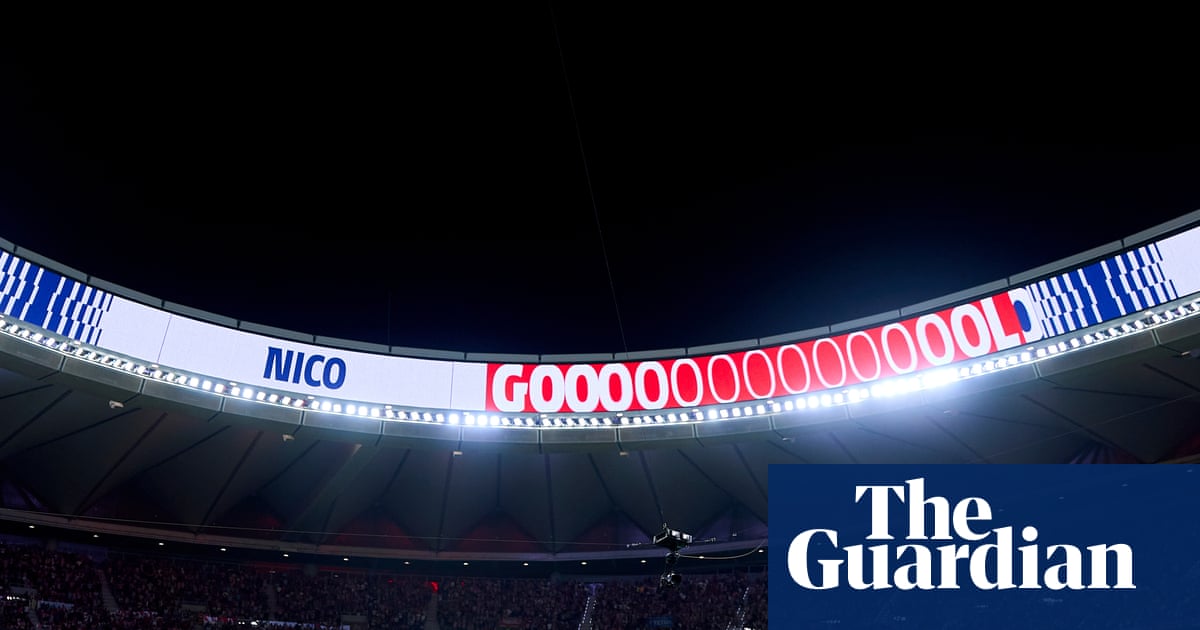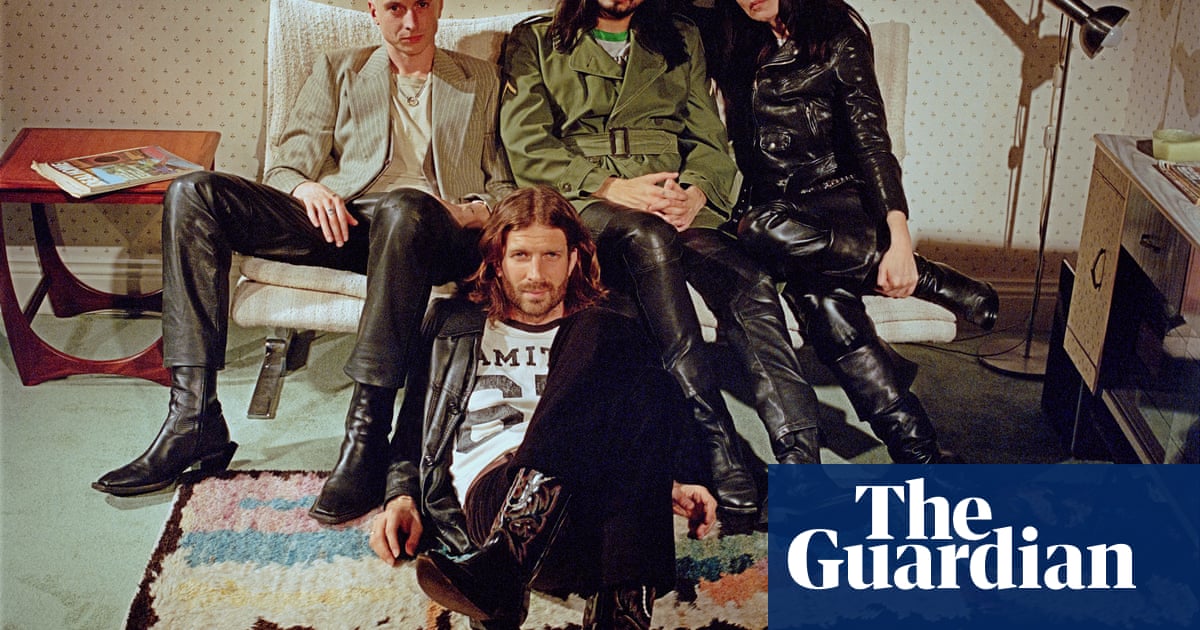This year, Disney may have gone too far, turning perhaps its single greatest animated film into a heavily CG-augmented quasi-live-action monstrosity. No, not the already-infamous box office bomb Snow White; the animated basis for that movie is a monumental achievement in the medium, but it’s ultimately a famous version of a timeless fairy tale that seems fair game for reinterpretation. Lilo & Stitch, however, is the rare sui generis piece of Disney animation – one that somehow emerged during a tumultuous time for the animation studio to become a substantial hit back in 2002.
The film has endured because it’s a triumph of mixing techniques: old-fashioned ultra-expressive hand-drawn animation and watercolor backgrounds; dashes of newfangled computer animation to assist with some of its sci-fi-heavier scenes; and a story about a stranded alien befriending a misfit little girl that crosses ET with Looney Tunes anarchy.
The story is still there in the new sorta-live-action reimagining of Lilo & Stitch. The story is almost always still there in Disney’s series of self-remakes, especially when it comes to their more modern classics. (Say what you will about that recent Snow White, but it’s not a slavish recreation.) Plenty of dialogue is retained, too, and the movie does a fine job of transferring Stitch into a three-dimensional live-action environment, not monkeying around with a near-perfect cartoon design. The fuzzy blue creature, his Muppet-with-teeth mouth and his alien-bunny ears intact, still endures. Kids will love him, as ever.
The movie around him, however, is ghastly. It’s not just that Lilo (Maia Kealoha), a six-year-old Hawaiian girl living with her older sister Nani (Sydney Elizebeth Agudong), loses the carefully detailed and collaborative “performance” given by animators and her original voiceover in favor of kid-actor mugging and cutesy wisecracks. That’s not little Kealoha’s fault, of course, and possibly unavoidable in making a live-action version at all. But far worse, director Dean Fleischer Camp (Marcel the Shell with Shoes On) doesn’t give either the poor humans or special-effects characters any kind of visible technical support in their impossible task.
That’s evident right away, in an opening sequence that serves as a model for how to lose the rhythm of a film even while following its blueprint nearly line-for-line. The scene where alien mad scientist Jumba (Zach Galifianakis) is brought before a galactic council to answer for his creation of Experiment 626, later named Stitch (still voiced by the character’s co-creator, Chris Sanders) biffs the timing on every beat, speed-running through the requisite exposition and Stitch’s subsequent escape in a jumble of barely-coherent cuts and stiffly rendered images of the earlier film’s whimsical designs. None of it really tracks unless you’ve already watched the cartoon.
Camp’s seemingly panicked strategy never varies, even as the story slows down to examine the hectic lives of Lilo and Nani, orphaned sisters threatened with social-services separation unless young adult Nani can get (and keep) a better-paying job. The arrival of Stitch, who Lilo mistakes for a dog and adopts, brings chaos into their lives, though less havoc overall than this movie brings to its source material.
Disney has allowed, maybe even encouraged, its film-makers to take a work known for its idiosyncratic beauty and humor, and cut it into a hash of coverage, where chintzy reaction shots are prioritized over the scenic beauty of Hawaii or how its residents might move through this world. When Jumba and his nerdier fellow alien Pleakley (Billy Magnussen) take human form to pursue Stitch on Earth (and also to save further on already cut-rate-looking visual effects), the movie can’t even be bothered to frame their funny walks clearly. Even more than some green-screen disasters, the actors feel as if they’re performing into a void.
As Stitch grows into his broken family, the movie manages a few affecting and funny moments. But does it deserve credit for recreating them all from the earlier movie, almost always making them a little bit worse in the process? With a running time expanded by more than 20 minutes (as these things so often are), there should at least be room for a substantial round of brand-new Stitch antics. Yet the bits and pieces of new material barely seem to understand Stitch’s initially malevolent personality, recoding him as the untrained party animal he’s pretending to be. Occasional new ideas, like a ray gun that opens up shortcut portals, are squandered with first-idea-best-idea roughness.
All told, there’s hardly a single smile in Lilo & Stitch ’25 not generated through the stolen valor of the earlier screenplay, and hardly a poignant moment that’s not more admirably raw in the G-rated version. That original film gave both Lilo and Nani some real anger and pain beneath their strife, with Stitch as a rampaging id not quite large enough to conquer the world. Camp’s remake wants to manage that pain more tidily, and give Nani in particular a more “correct”, entirely uninteresting ending. The 2002 film can stand comfortably alongside superficially similar but tonally distinct children’s stories like ET, The Iron Giant, and My Neighbor Totoro. Now, however, Lilo & Stitch steps forward from that crowd of modern classics – as the only one whose keepers didn’t bother to protect it from a cheap branded knockoff.
-
Lilo & Stitch is out on 21 May in the UK, 22 May in Australia, and 23 May in the US.

.png) 3 months ago
50
3 months ago
50

















































